Paul Lange
Moderator
Finally received my film scanner yesterday - a Plustek 7400. Pretty nifty little thing and comes with a nice bag for storage. Was a bit disappointed with the courier though. I say received it yesterday but I have no idea when it was actually delivered. Kerri found a very soggy and icy cardboard box covered in several inches of snow round the side of the house. We have no idea how long it was for as the courier left no note to say it had been delivered. Luckily it works and I was able to scan the first batch of negatives. They came out quite grainy and I'm not sure why, wondering it it is something to do with the hard water. I think the next batch I'll send to Ilford so I have a reference on what to expect for HP5.
This was taken at Ickworth House, I was hoping for it to come out a bit sharper as you can't really see that the black dots are flies very easily. It did however, satisfy my to photography windows - I find looking at photographs of scenes through windows fascinating for some reason. I suppose we all have out little vices.

This was taken at Ickworth House, I was hoping for it to come out a bit sharper as you can't really see that the black dots are flies very easily. It did however, satisfy my to photography windows - I find looking at photographs of scenes through windows fascinating for some reason. I suppose we all have out little vices.

